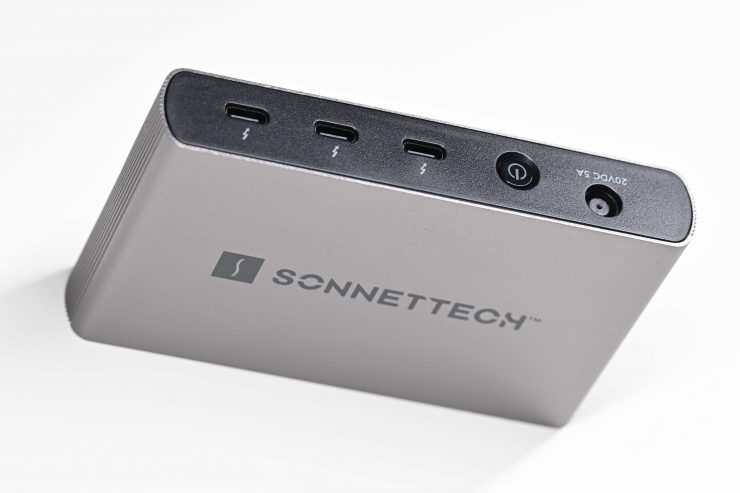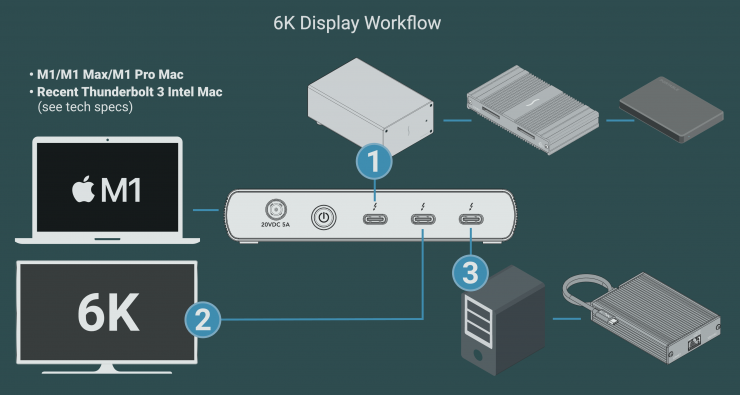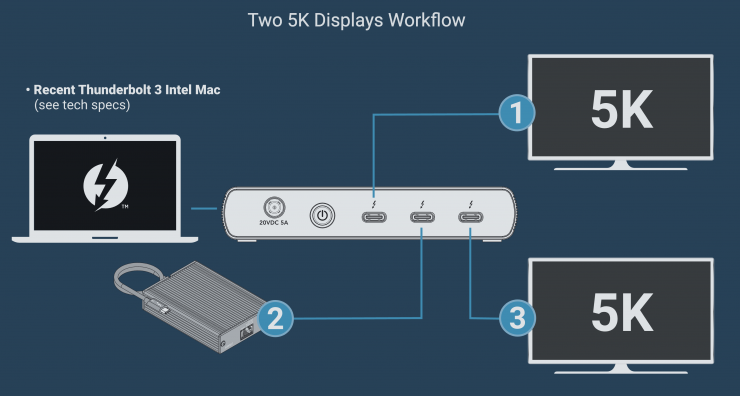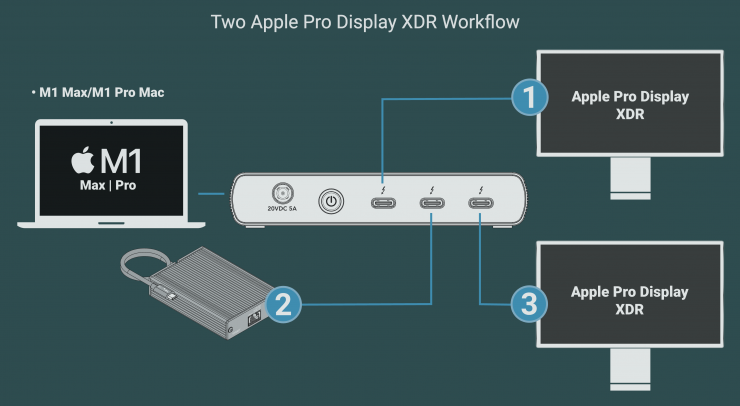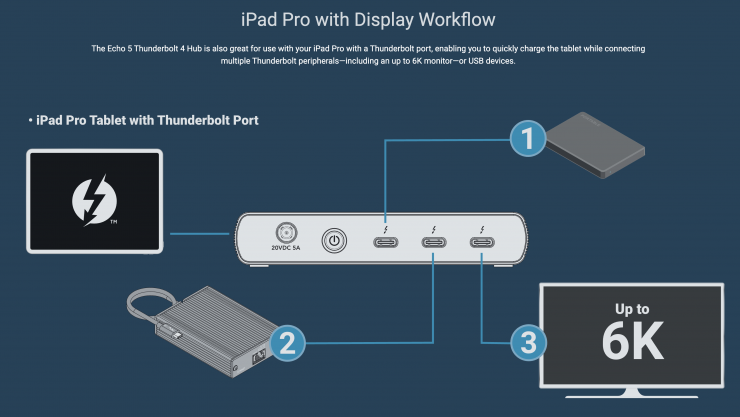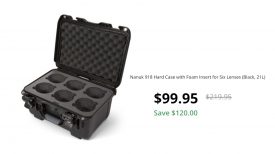
The Sonnet Echo 5 Thunderbolt 4 Hub was announced in December last year. The Echo 5 was designed to be a compact and versatile Thunderbolt 4 hub that can be used with laptops, desktops, and even some tablets.
Hubs have become increasingly more important with a lot of Apple laptops having very few ports. Even desktops can quickly run out of ports once you have a lot of devices connected.
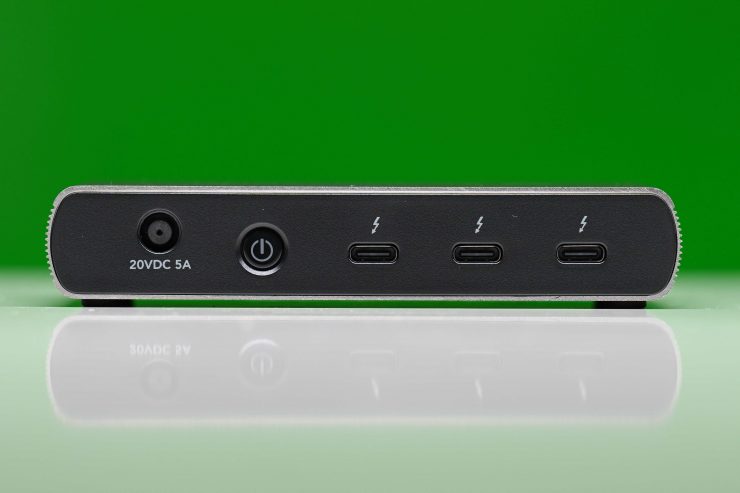
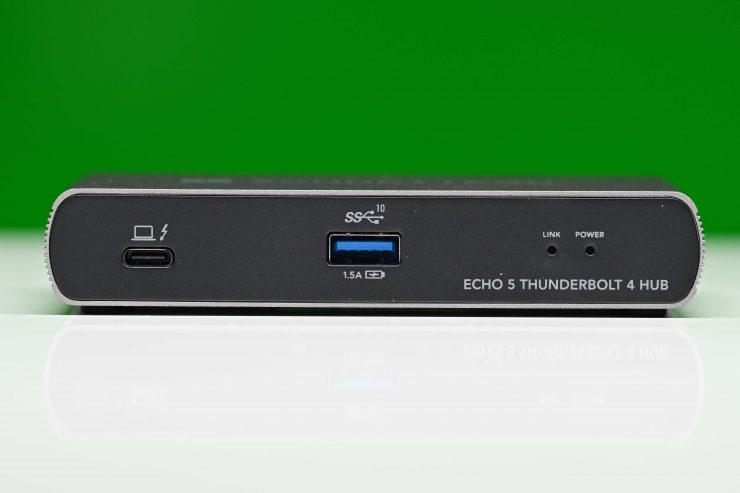
The Echo 5 hub features four Thunderbolt 4 ports and one USB 3.2 Gen 2 (10Gbps) Type-A charging port. Sonnet’s hub can deliver up to 85 watts of charging power and is compatible with all computers with Thunderbolt 4 ports. This includes all M1 Max, M1 Pro, and M1 Mac computers, as well as all Mac computers with Thunderbolt 3 ports. iPad Pro tablets with a Thunderbolt port are also supported.
The Echo 5 gives users a central hub to connect their storage devices, input devices, displays, etc. You can never have enough ports!
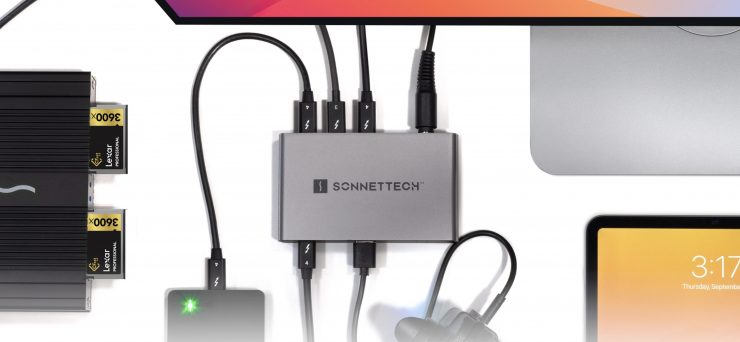
Sonnet’s Echo 5 Thunderbolt 4 Hub enables notebook and laptop computer users to connect to all their peripheral devices at once through a single Thunderbolt cable. Through the same cable, the Echo hub can also charge compatible computers with up to 85 watts of power.
What do you get?
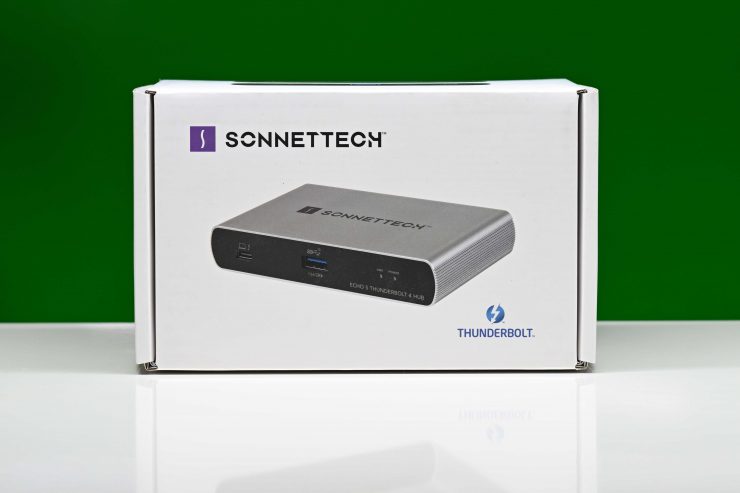
The Echo 5 Thunderbolt 4 Hub comes with the following items:
- Sonnet Echo 5 Thunderbolt 4 Hub
- AC Power Adapter
- Power Cable
- Thunderbolt 4 Cable
- Limited 2-Year Warranty
It is nice that Sonnet gives you a Thunderbolt 4 cable as standard. Yes, this is a small thing, but at least you don’t have to try and source your own.
Physical Size & Weight
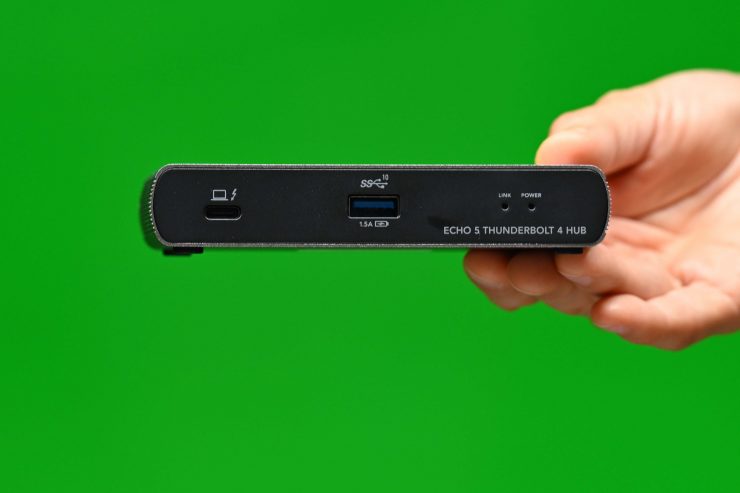
Despite having quite a few inputs, the Echo 5 Thunderbolt 4 Hub doesn’t take up that much real estate.
It has physical dimensions of 5.1 W x 2.8 D x 0.9 H inches (12.9 x 7.2 x 2.16 cm) and it tips the scales at 1.35 lb / 610g.
Build Quality
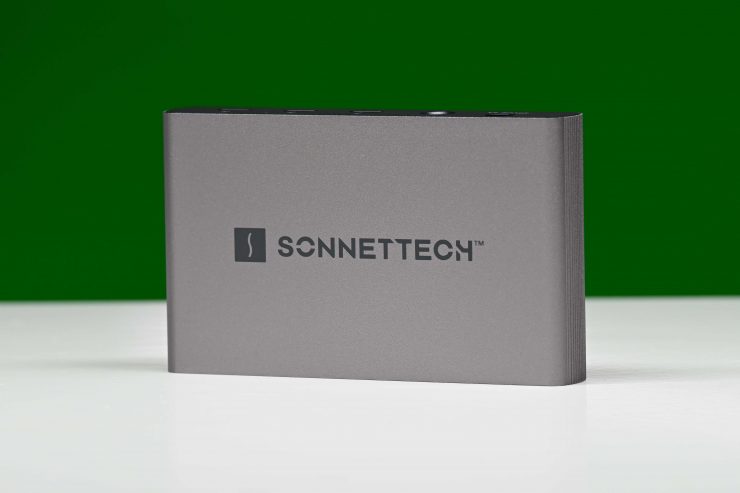
I have owned quite a few Sonnet products in the past, including their original SxS card reader which I used with my Sony F3. I also use their very good SF3 Series CFast 2.0 Pro Card Reader to ingest material from my main camera. I have always found their products to be reliable and robustly made.
The Echo 5 Thunderbolt 4 Hub follows in those footsteps and it is solidly made and well constructed. It has certainly been designed to withstand the rigors of field use.
It isn’t bus powered
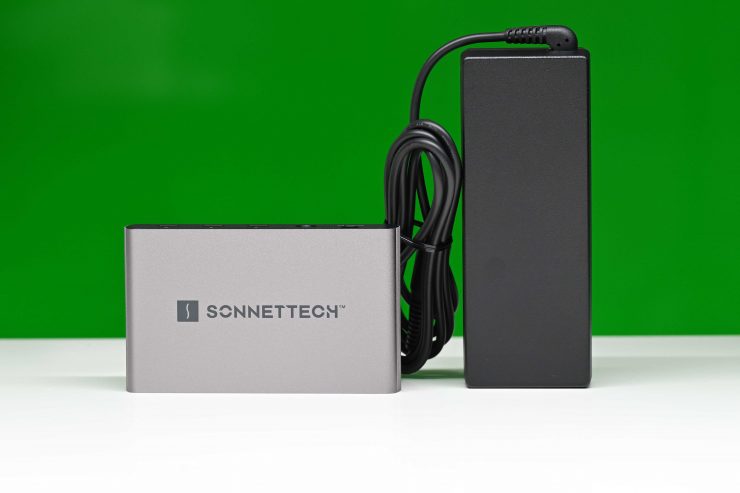
What you clearly need to be aware of is that like a lot of hubs that supply power, the Echo 5 needs to be used with a power supply. The power supply is 2.2 W x 5.8 D x 1.3 H inches (5.6 x 14.8 x 3.2 cm). It is quite a bit bigger than the Echo 5 itself.
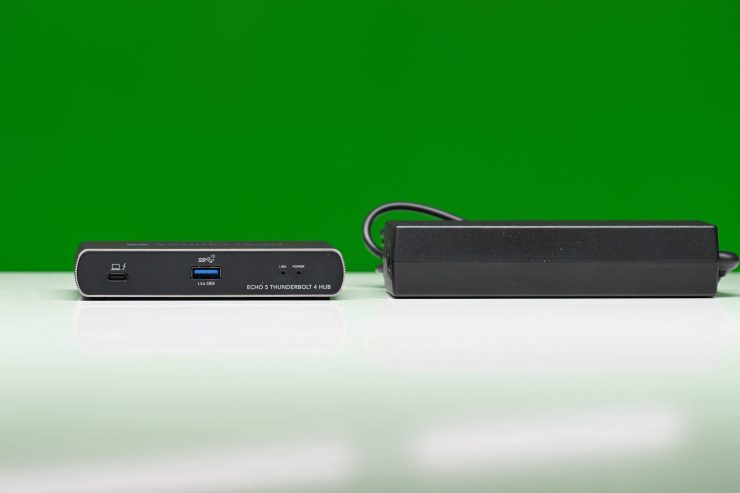
I weighed the power supply and found that it was 420g / 14.82 oz.
Connectivity
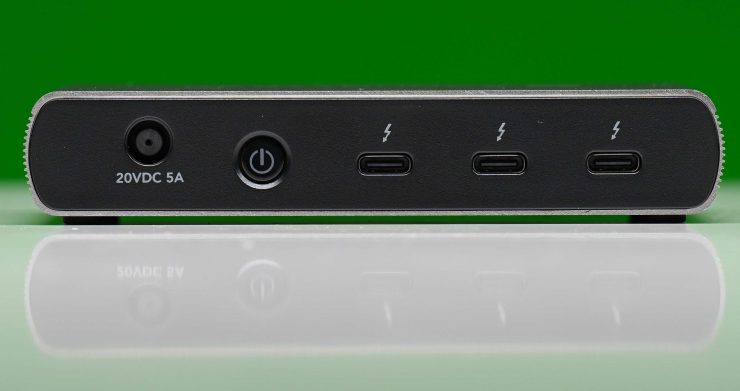
The Echo 5 Thunderbolt 4 Hub provides users with the capability to connect three bus-powered Thunderbolt end devices at once, instead of limiting them to connecting multiple separately powered devices in a daisy chain. In all, the hub’s Thunderbolt ports support up to five Thunderbolt peripherals. For users with more USB than Thunderbolt peripherals, the Thunderbolt 4 ports do double duty as they support USB4 and USB 3 devices (including displays) when connected with the correct cable or adapter, even at the end of a Thunderbolt device chain.
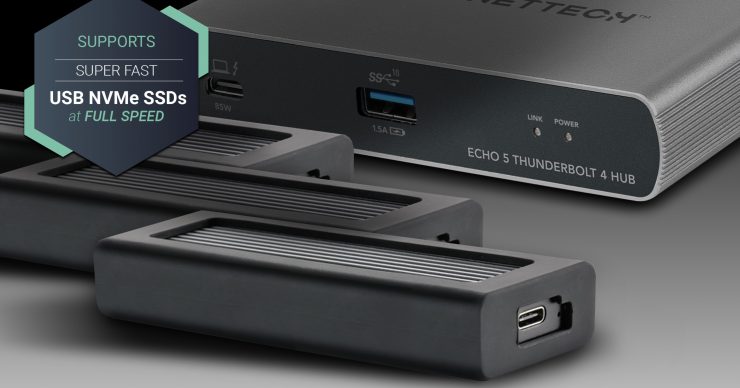
The Echo hub’s 10Gbps USB Type-A charging port supports most USB peripherals, including superfast USB NVMe SSDs, at full speed. Unlike some other hubs, the USB Type A port on the Echo 5 provides up to 7.5 watts of power to ensure bus-powered devices will operate without fail and can be used to charge a phone or tablet.
When used with an iPad Pro with a Thunderbolt port, the Echo hub provides users the same capability to connect multiple devices to their tablet at the same time, while also charging it at full power. Users may also connect a single (up to 6K) display to mirror the content on the iPad’s built-in display.
Hook up multiple displays
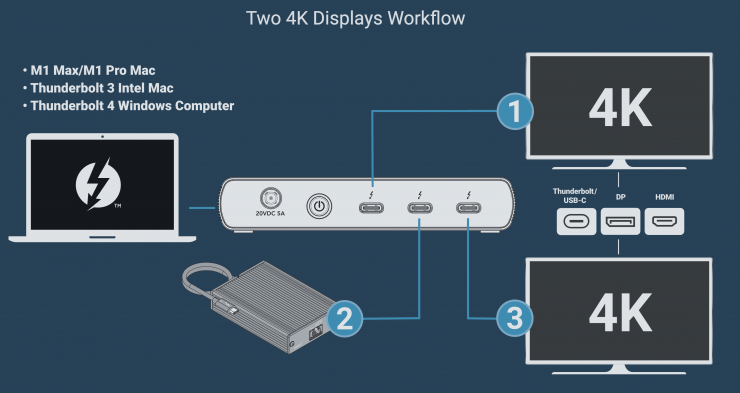
Depending on the computer or iPad Pro to which it’s connected, the Echo hub also supports connecting one (always 4K, up to 5K, 6K, or 8K) or up to two displays (4K + 4K, 5K + 5K, or up to 6K + 6K).
Plug & Play?
The Echo 5 is virtually plug-and-play if you are using it with a Mac. The standard drivers for the Echo 5 are already part of macOS 11.1 or higher. This means you can simply plug it into your computer and power it up.
General Usability
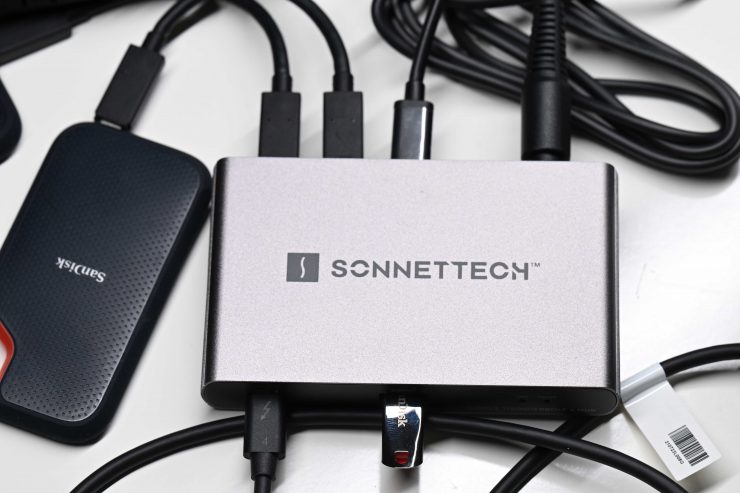
The dock is pretty straightforward to use, however, as it has inputs on both the front and the back you have to think carefully about where you position it on a desk if you are working with a desktop.
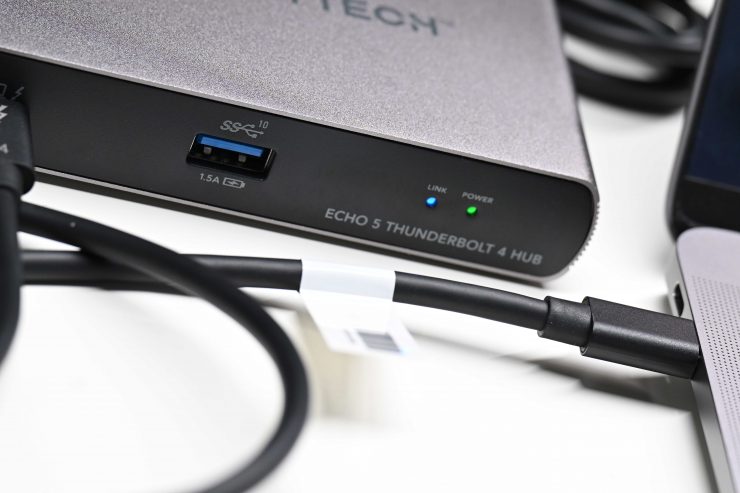
If you want easier access to most of the ports you could just turn it around and have the backside of the dock facing towards you. No, this isn’t as clean, but some users may find it more practical. The whole reason for wanting to use a dock with a desktop is not only for the added connectivity but also for the ease of access.
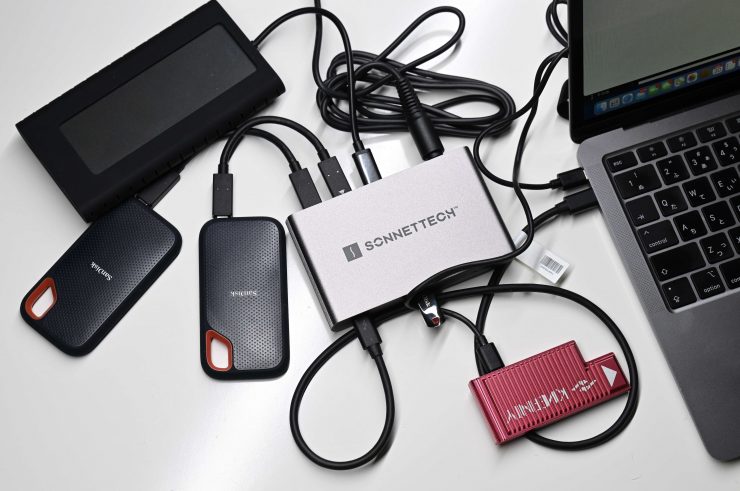
I wanted to see how it would perform if I loaded it up with devices and also had it powering a laptop.
I had the following items connected up:
- MacBook Air 13″ 2020
- OWC Envoy Pro EX
- SanDisk 4TB Extreme Portable SSD
- SanDisk 4TB Extreme Portable SSD
- Kinefinty NVMe 1TB
- USB dongle
Everything worked flawlessly without any issues. When I am on the road and need to back up material to a laptop, hubs like this work really well. It allows me to connect multiple hard drives, a media card reader, and power the laptop. The only real downside to using hubs that aren’t bus-powered is you need to have access to mains power to use them.
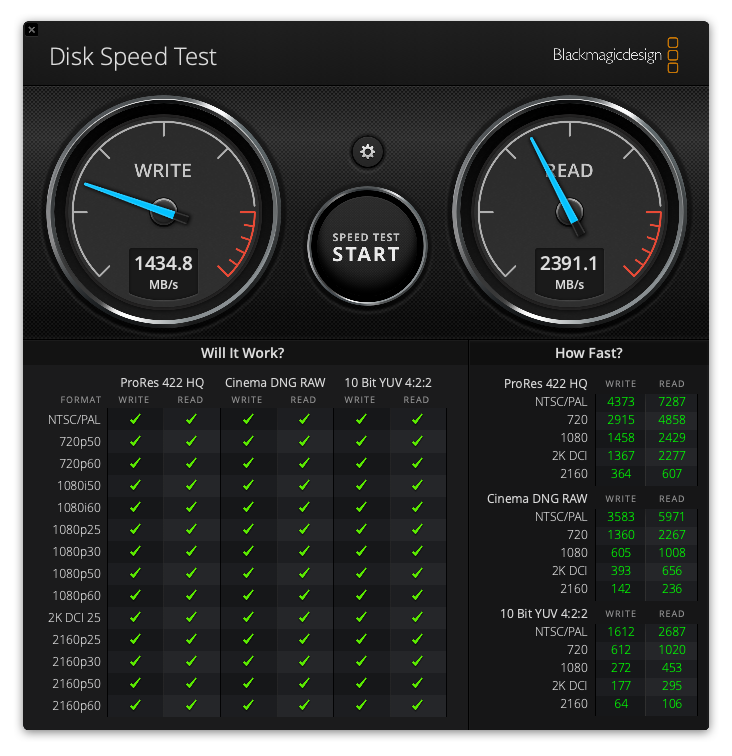

OWC Envoy Pro FX 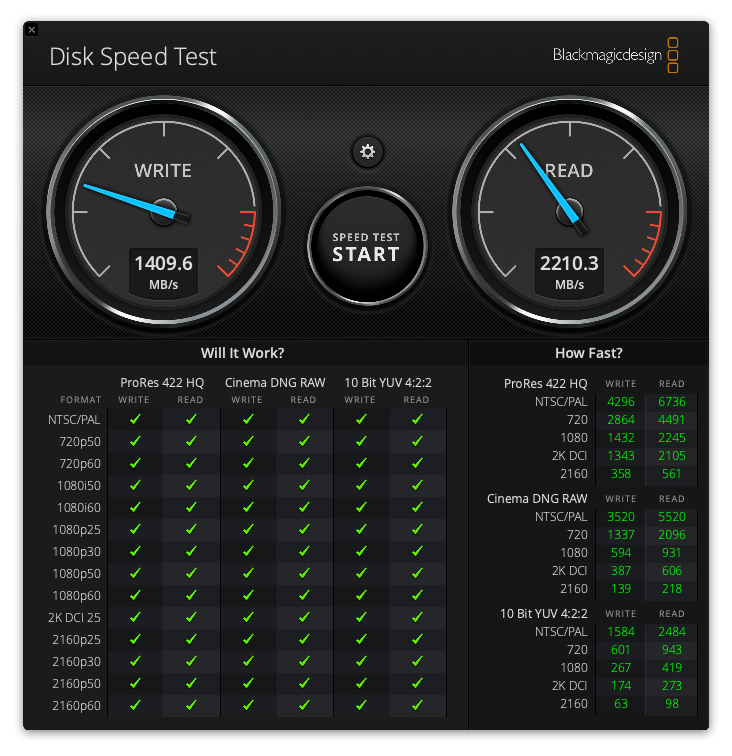
OWC Envoy Pro EX 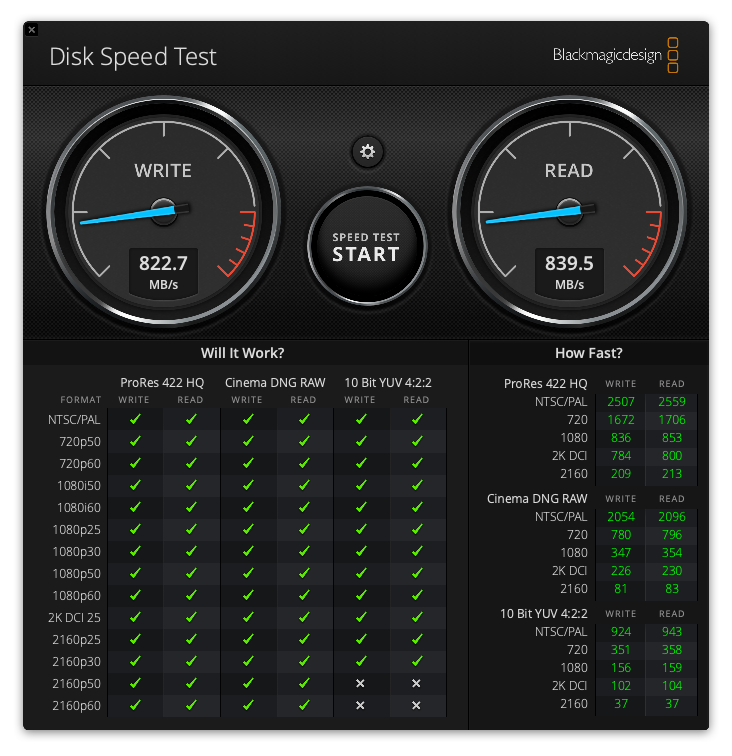
SanDisk 4TB Extreme Portable SSD 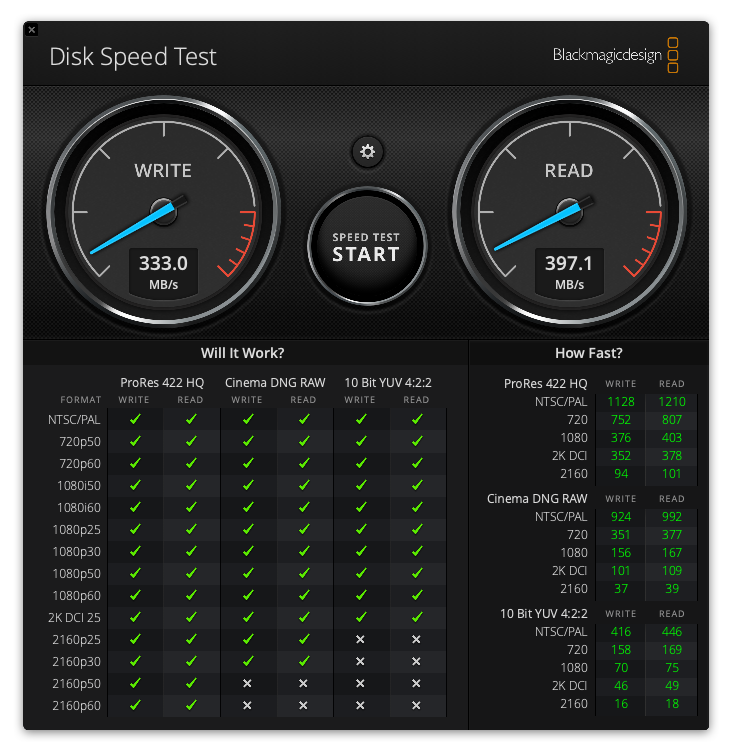
AtomX 2TB SSD
I also did some speed tests on the connected drives and all of the drives were working at the speeds I was expecting to see.
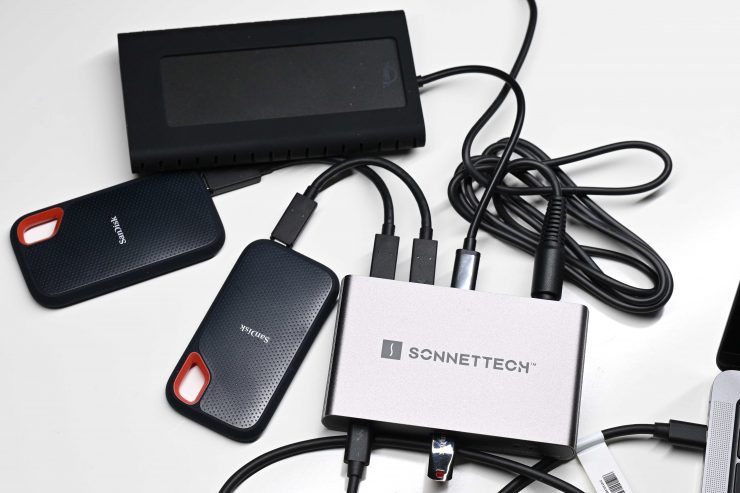
The only real downside to docks is you can certainly end up with a spaghetti mess of cables and connected devices. A lot of peripheral devices these days come with very short cables and that doesn’t help when you are trying to connect devices up to a dock.
While docks add a lot of connectivity, the caveat is that they aren’t going to lead to an aesthetically pleasing setup on your desk if you like to be neat and orderly.
Competition?
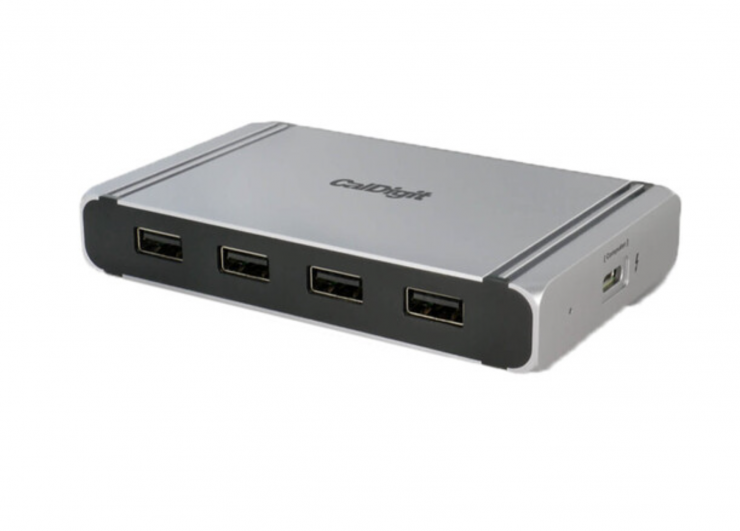

CalDigit Thunderbolt 4 Element Hub 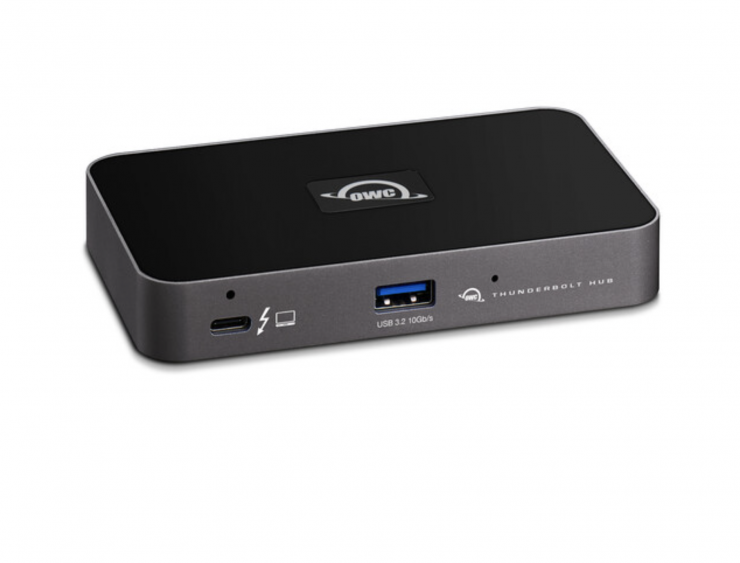
OWC Thunderbolt Hub
Direct competition comes in the form of the CalDigit Thunderbolt 4 Element Hub and the OWC Thunderbolt Hub.
The CalDigit Thunderbolt 4 Element Hub features:
- 1 x USB Type-C / Thunderbolt 4 Host
- 3 x Thunderbolt 4 Ports
- 4 x USB 3.2 Gen 2 Type-A Ports
- 60W Power Delivery
- Supports 4K Dual Display @ 60 Hz
- Windows and MacOS Compatible
The OWC Thunderbolt Hub features:
- 3 x Thunderbolt 4 Ports
- 1 x USB 3.2 Gen 2 Type-A Port
- Supports up to 8K Resolution
- Adjustable LED
- Kensington Nano Security Slot
- Designed for Windows 10 and macOS
A lot of hubs look very, very similar, and often they all have their ports in the same spots.
Price & Availability
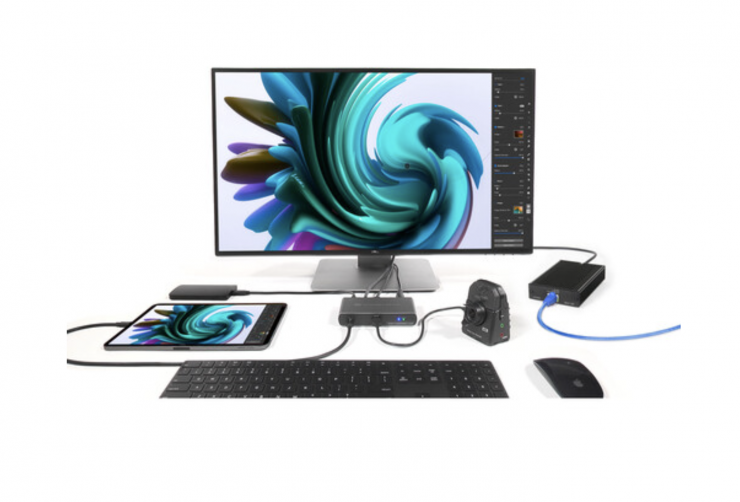
The Echo 5 Thunderbolt 4 Hub is now available for $199.99 USD. This makes it slightly more expensive than the OWC Thunderbolt Hub ($179 USD) and slightly more affordable than the CalDigit Thunderbolt 4 Element Hub ($249.99 USD).
Conclusion
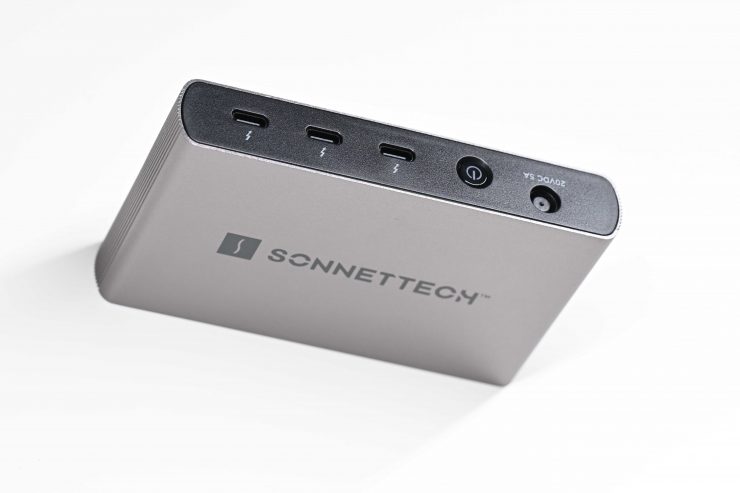
The Echo 5 Thunderbolt 4 Hub works as advertised. Despite being relatively compact you need to factor in the size and weight of the power supply. It is well made, and easy to use and would be a good option for anyone using a Mac laptop that has limited ports, or someone who wants to enhance the connectivity of their desktop.

